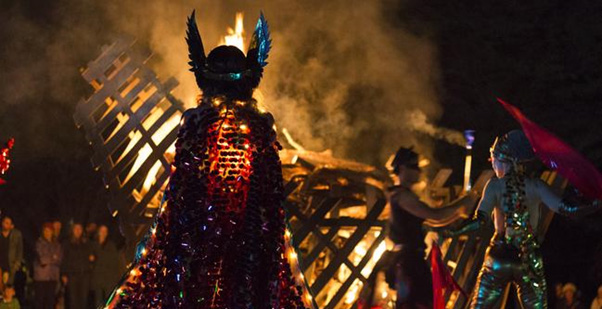5 Facts You May Not Know About the Shipwreck Coast

The Shipwreck Coast of Victoria stretches 230kms between Torquay and Port Fairy passing through several picturesque seaside towns such as Aireys Inlet, Lorne, Apollo Bay, Port Campbell, Peterborough and Warrnambool. There are many facts and stories hidden in its shipwreck past, but what is immediately clear is it is both one of the most beautiful and terrifying stretches of coast you’ll ever behold. Of course, the terror is almost always strictly on the watery side of the coastline, and it’s the fearsome nature of the rocky coast that has given it its haunting name. Below are 5 facts you may not know about the Shipwreck Coast.
There are thought to be around 700 shipwrecked vessels submerged in the waters of the Shipwreck Coast, although only 240 of those have been discovered. This abundance of wrecks has made these waters hugely significant to historians and salvage divers, but if ghost-infested waters aren’t your idea of fun, then exploring the coast from Apollo Bay to the 12 Apostles on either a 3-day Great Ocean Walk Hiking Tour or a 7-day complete self-guided trip along the Great Ocean Walk, are excellent ways to learn more about this part of Australia.
With Walk 91, the stress is taken out of your hiking tour as we can organise as much of your trip as you would like; from booking accommodation, organising shuttles and making sure your luggage is transported along the trail as you walk, allowing you to walk much lighter and freer! But first, to get you a bit more excited about your visit to our stunning part of Victoria, here are 5 facts you may not know about the Shipwreck Coast.
The Most Famous Shipwreck on the Shipwreck Coast
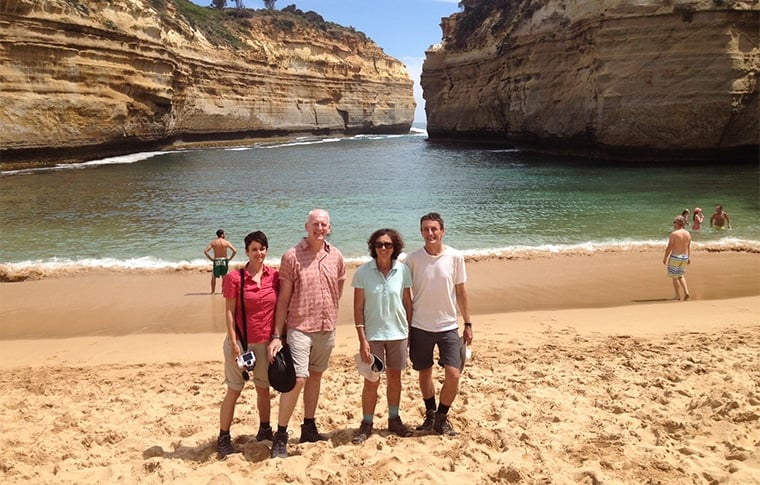
There are plenty of relics of the many shipwrecks that litter the Shipwreck Coast, which you can spot as you explore the coastline on the Great Ocean Walk. Many of the wrecks come with stories but one thing most people want to know is which wreck is the most famous. It’s generally accepted that the most famous shipwreck on the Shipwreck Coast is Loch Ard, just past the 12 Apostles.
The Loch Ard was a clipper that departed from England on the 1st of March, 1878. It was bound for Melbourne carrying a crew of 37 men and 17 passengers, as well as some assorted cargo. After meeting bad weather, sailing through a heavy fog that limited visibility and struggling with some faulty chronometers, the ship, unable to see the Cape Otway Lighthouse, veered too close to the coastline. It was too late by the time the fog lifted as the Loch Ard foundered on a reef and sank a mere 15 minutes later.
Of the 54 souls on board, only two survived. A passenger, Eva Carmichael, managed to cling to a spar for five hours whilst a cabin boy, Thomas Pearce, managed to cling to the overturned hull of a lifeboat, eventually making it to shore. From the beach he heard Eva’s shouts for help and swam out again to assist her.
Various luxury goods that were on board the Loch Ard were retrieved, including a grand piano which washed up in the Gorge, and a porcelain peacock which is now on display in the Flagstaff Hill Maritime Museum in Warrnambool.
Why the Shipwreck Coast is so Dangerous
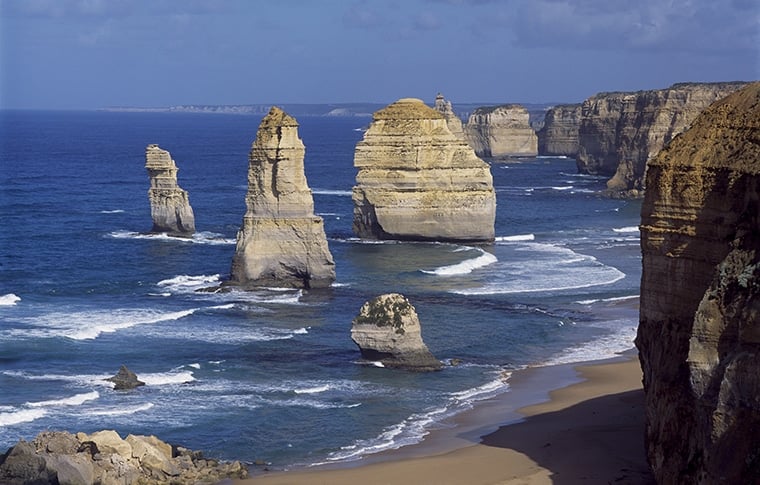
Explorer Matthew Flinders said of the Shipwreck Coast: I have seldom seen a more fearful section of coastline. But what is it that makes the Shipwreck Coast so dangerous? As you may have surmised from the fate of the Loch Ard, the weather has a lot to do with it.
A fierce wind blows up from the Antarctic, causing massive swells and this has helped erode the coastline into its distinctive jagged form. This relentless surge of wind coupled with the dense fogs that often settle over the area have led many a captain to make costly navigation mistakes, believing they were further away from shore than they were. This resulted in the building of the Cape Otway Lighthouse. The Shipwreck Coast is majestic and deadly and if you pop into the Lighthouse whilst on your Great Ocean Walk and climb to the top of the tower you can really get a sense of how isolated this part of the world used to be and still is.
More Than Just a Hike
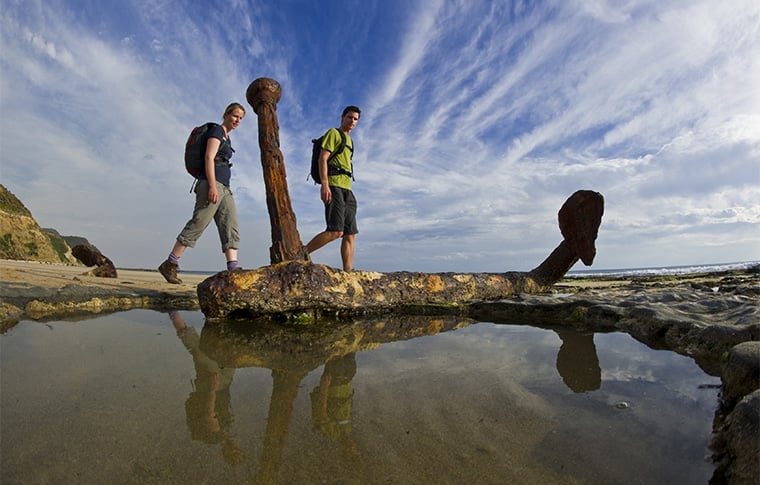
If you choose to explore the Shipwreck Coast by taking the Great Ocean Walk, then you’ll be pleased to discover that this is much more than just a hike. There are several attractions you can enjoy in this vast and varied route. As well as the stunning landscapes – from the 12 Apostles to the Loch Ard Gorge Arch – you can enjoy several museums, discovery centres and galleries in the towns along your route. Our favorite is the Apollo Bay museum whose displays are full of washed-up treasures from local Shipwrecks.
Of course, there are several superb beaches to take advantage of too as you make your way west – great if you need a little rest and relaxation. Remember to bring your bathers just in case!
A Year Round Adventure

There is no open season on the Shipwreck Coast, so you can enjoy the area all year round. In fact, there are events that take place at different times of the year so, depending on what your interests are, you could time your Great Ocean Walk to coincide with certain events or festivals.
The Apollo Bay Seafood Festival is an annual event held in February in the harbour with live music, fish cooked straight of the fishing boats and conversational presentations chatting about the health of our oceans and what we can do as a community. (This is a chance to pop down and see the Seabin we installed in the harbour- the first on the Shipwreck Coast).
‘Winter Wild’ is also a great festival held over a period of weekends in Apollo Bay during winter, with performances held outside on the foreshore, food events, storytelling and music. If you are after something different this definitely fits the bill!
The Port Fairy Folk Festival (known as the Folkie) takes place in March and attracts people from all over the world to enjoy its music, parades and street fairs. May sees the Koroit Irish Festival and the May Racing Carnival, and this is followed by the Rhapsody in June festival — and we’ve not even begun to scratch the surface of everything that happens along the coast over the course of a year!
Flora and Fauna
A Cape Otway Koala
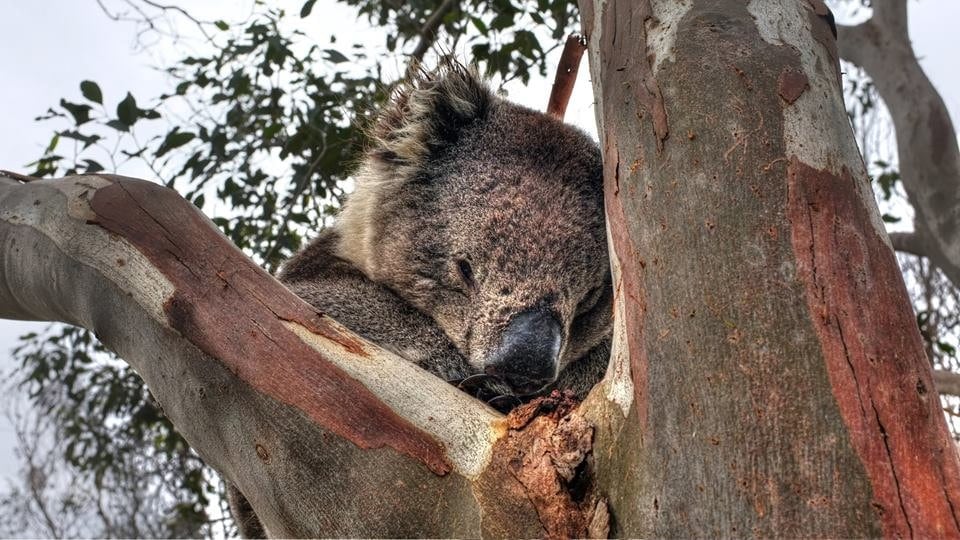
When you hear the words ‘Great Ocean’ it’s a fair bet you’re thinking of the sea and the beach. The Great Ocean Walk will certainly take you through some of the most spectacular coastal areas in Australia and you can enjoy all the wildlife that comes with that.
With its rocky terrain, the Shipwreck Coast attracts Southern Right Whales, fur seals, penguins and a multitude of birds. Between June and September you can visit the Warrnambool whale nursery for a chance to see some southern right whales mothering their calves, or you can often see them from the Great Ocean Walk migrating from colder waters.
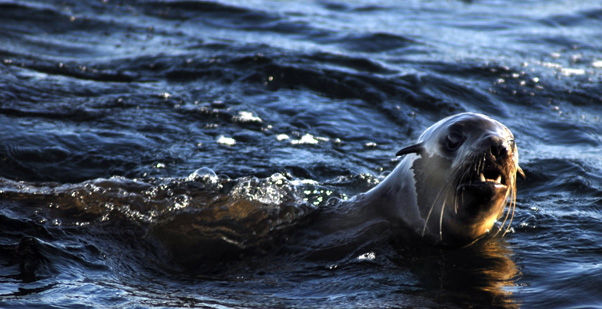
As you explore Great Otway National Park you may be rewarded with glimpses of some of Australia’s unique and diverse flora and fauna. We’re sure there are plenty of surprises waiting for you, but if you want to find out more about what you might spot we can tell you all you need to know about Great Ocean Walk’s wildlife.
So there you have it – 5 facts you may not have known about the Shipwreck Coast! If you have any questions, or if any of our walking tours took your fancy and you want to find out more, please don’t hesitate to get in touch. Your Great Ocean Walk adventure awaits!
